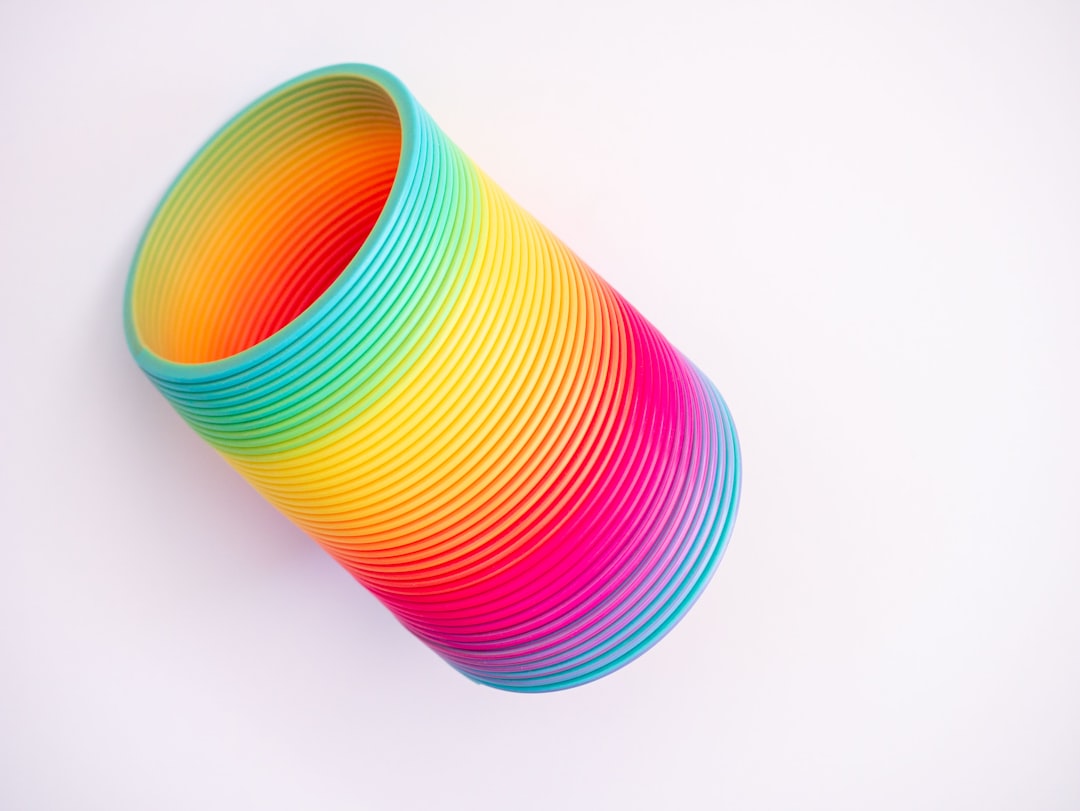What is it about?
Atomic fountains are a core technology used in atomic clocks and atom interferometry. We have developed a method for making an atomic fountain on a chip, with a geometry that requires applying laser light from one direction. This is a simplification on current methods that require six lasers. We test the performance by using the fountain for an atomic clock
Featured Image

Photo by Zoltan Tasi on Unsplash
Why is it important?
The resolution of many quantum sensors depends on the total time available for the measurement. The measurement time of laser-cooled atoms is limited by gravity – these atoms fall at 9.8 m/s/s, just like Newton's apple, which means that we are usually limited to about 10 ms for our measurements. The work in this paper demonstrates how this time can be extended out to 100ms with relatively small changes in the experimental system. The changes are mainly in the duplication of component, and there isn't any new know-how required. The paper also examines how these longer measurement times come with some costs, which themselves could limit the ultimate measurement resolution. We examine the effect of this experimentally and show that even allowing for negative effects, such as the loss of atoms, that the measurement resolution can still be significantly improved.
Perspectives
This work came from an idea by the lead author, who came to a meeting with a crazy idea that clearly was never going to work. After a few minutes at the whiteboard he convinced everyone that all we needed was some extra optics and we could increase the interaction time by a factor of ten in our experiments! In our labs we often struggle of increases of just 50%, so this created some excitement. These ideas were bouncing around as we were coming out of COVID restrictions in 2021, so there was an extra sense of excitement about doing something off-the-wall in the lab. Our group proposed and demonstrated the first grating magneto-optical traps – gMOTS – over a decade ago. Since then we have built up experiments using these devices for different applications, with a focus on atomic clocks. Since the early work we often thought that we had already achieved the final form of the gMOT technology. It's neat to see that there are still new tricks.
Paul Griffin
University of Strathclyde
Read the Original
This page is a summary of: A grating-chip atomic fountain, Applied Physics Letters, October 2022, American Institute of Physics,
DOI: 10.1063/5.0115382.
You can read the full text:
Contributors
The following have contributed to this page










